Do businesses have a plan for AI adoption?
To align AI gains with corporate strategy, leaders have to know what they’re looking for
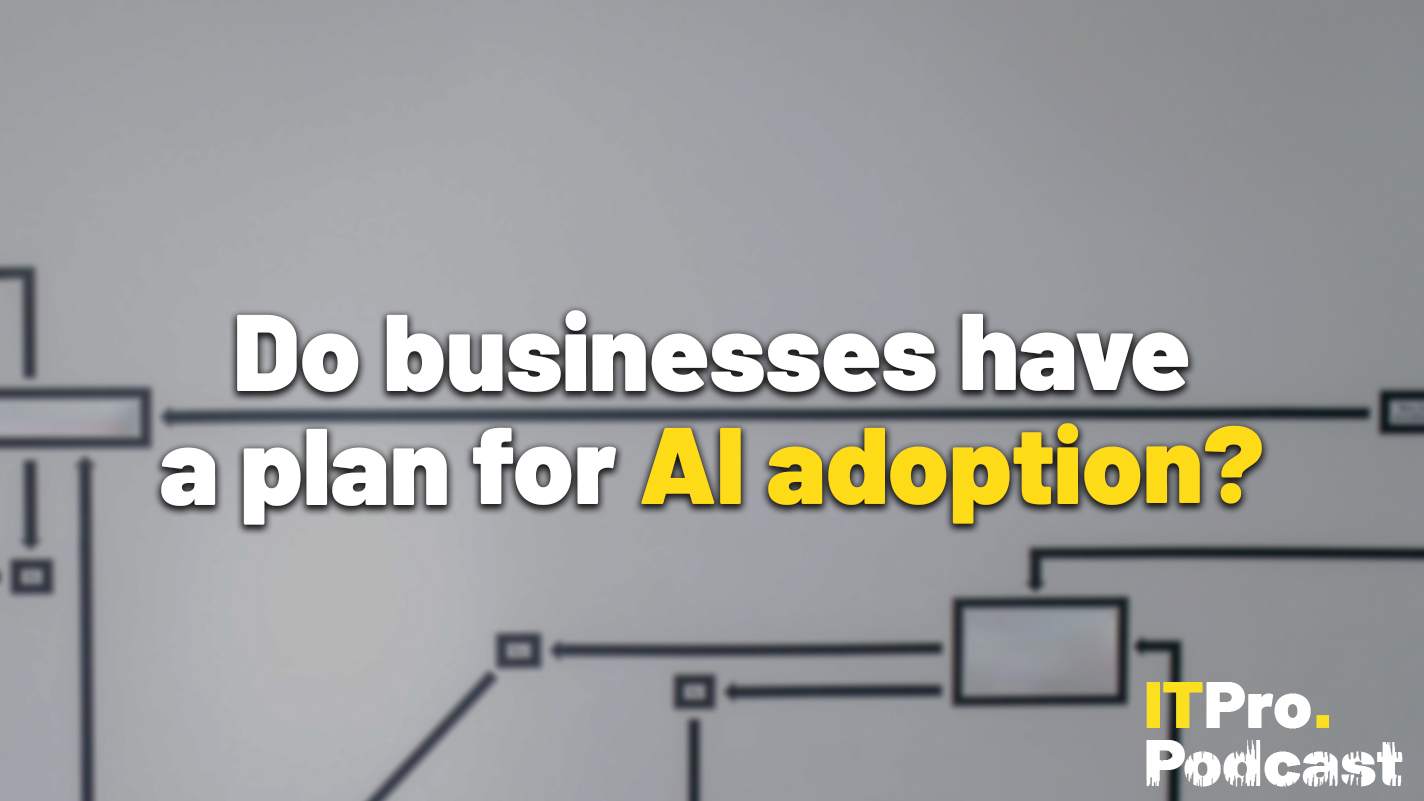

As organizations look to integrate AI tools into their business models, key questions will have to be answered around how this fits in with their wider strategy. This doesn’t just mean data analysis or adoption of generative AI tools, but less directly connected initiatives such as sustainability goals.
The adoption of AI is also running up against concerns around skills. Many organizations, if not most, are yet to truly determine which roles and tasks can be augmented and improved by AI services. Additionally, there are questions among workers and employers alike as to what emerging AI-focused skills they will need to acquire to stay competitive in their field.
In this episode:
- Jane speaks to Pauline Yau, UKI verticals sales director at Hewlett Packard Enterprise, to unpack the current trends around AI and what the future holds for AI in business.
- Rory and Jane discuss the significance of these trends and how this may pan out in 2024.
Highlights
“We're working with a lot of organizations at the moment to create a business case around AI and that business case absolutely has to include factors around energy costs. So I do think that the conversation around AI and sustainability will probably be more at the forefront and something that we're really talking about.“
“When it comes to AI, and generative AI in particular, just over the course of the last year, it's very hard to pin down what people are actually talking about, beyond chatbots. And even then, it's like well, cool, great. Why are you bringing chatbots? How is this going to make things better for your business, for your customers?”
“We work with a very large global engine manufacturer and they have been using AI for a number of years to create digital twins. What that means for them is that if they're creating a new blade or a new engine part, they create a digital twin, they model it digitally, so that they eradicate the need to actually build a physical prototype of that element.”
Footnotes
- Why cutting-edge innovation is killing the planet
- How HPE plans to combat generative AI’s 'dirty secret'
- The AI skills gap is prompting a widespread rethink on workforce upskilling
- How the metaverse is powering next-gen digital twins
- Does your business need a digital twin?
- ChatGPT vs chatbots: What’s the difference?
- Global power shortages mean data centers could struggle to shoulder the burden of energy-intensive generative AI demands in 2024
- Tech industry takes vast lead in green energy spending, biggest companies vie for top spot
- Scotland could be the next big data center powerhouse, offering greener options, significant savings, and direct access to renewable energy
- “We’ve made savings of around 85%”: Embracing green energy for data centers by migrating to Iceland
Subscribe
- Subscribe to The IT Pro Podcast on Apple Podcasts
- Subscribe to The IT Pro Podcast on Spotify
- Subscribe to the IT Pro newsletter
- Join us on LinkedIn
Get the ITPro daily newsletter
Sign up today and you will receive a free copy of our Future Focus 2025 report - the leading guidance on AI, cybersecurity and other IT challenges as per 700+ senior executives

Rory Bathgate is Features and Multimedia Editor at ITPro, overseeing all in-depth content and case studies. He can also be found co-hosting the ITPro Podcast with Jane McCallion, swapping a keyboard for a microphone to discuss the latest learnings with thought leaders from across the tech sector.
In his free time, Rory enjoys photography, video editing, and good science fiction. After graduating from the University of Kent with a BA in English and American Literature, Rory undertook an MA in Eighteenth-Century Studies at King’s College London. He joined ITPro in 2022 as a graduate, following four years in student journalism. You can contact Rory at rory.bathgate@futurenet.com or on LinkedIn.
-
 Bigger salaries, more burnout: Is the CISO role in crisis?
Bigger salaries, more burnout: Is the CISO role in crisis?In-depth CISOs are more stressed than ever before – but why is this and what can be done?
By Kate O'Flaherty Published
-
 Cheap cyber crime kits can be bought on the dark web for less than $25
Cheap cyber crime kits can be bought on the dark web for less than $25News Research from NordVPN shows phishing kits are now widely available on the dark web and via messaging apps like Telegram, and are often selling for less than $25.
By Emma Woollacott Published
-
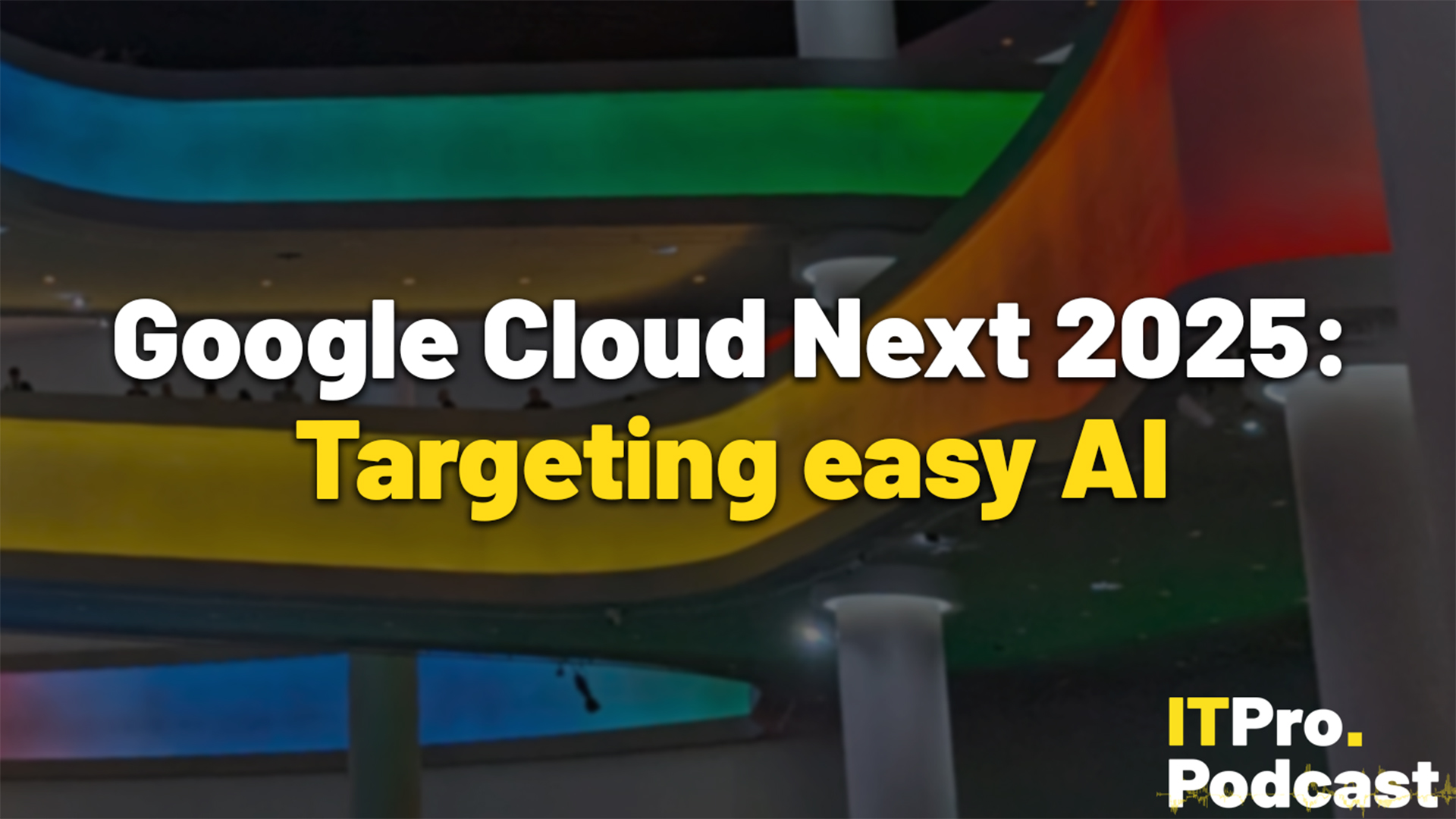 Google Cloud Next 2025: Targeting easy AI
Google Cloud Next 2025: Targeting easy AIITPro Podcast Throughout its annual event, Google Cloud has emphasized the importance of simple AI adoption for enterprises and flexibility across deployment
By Rory Bathgate Published
-
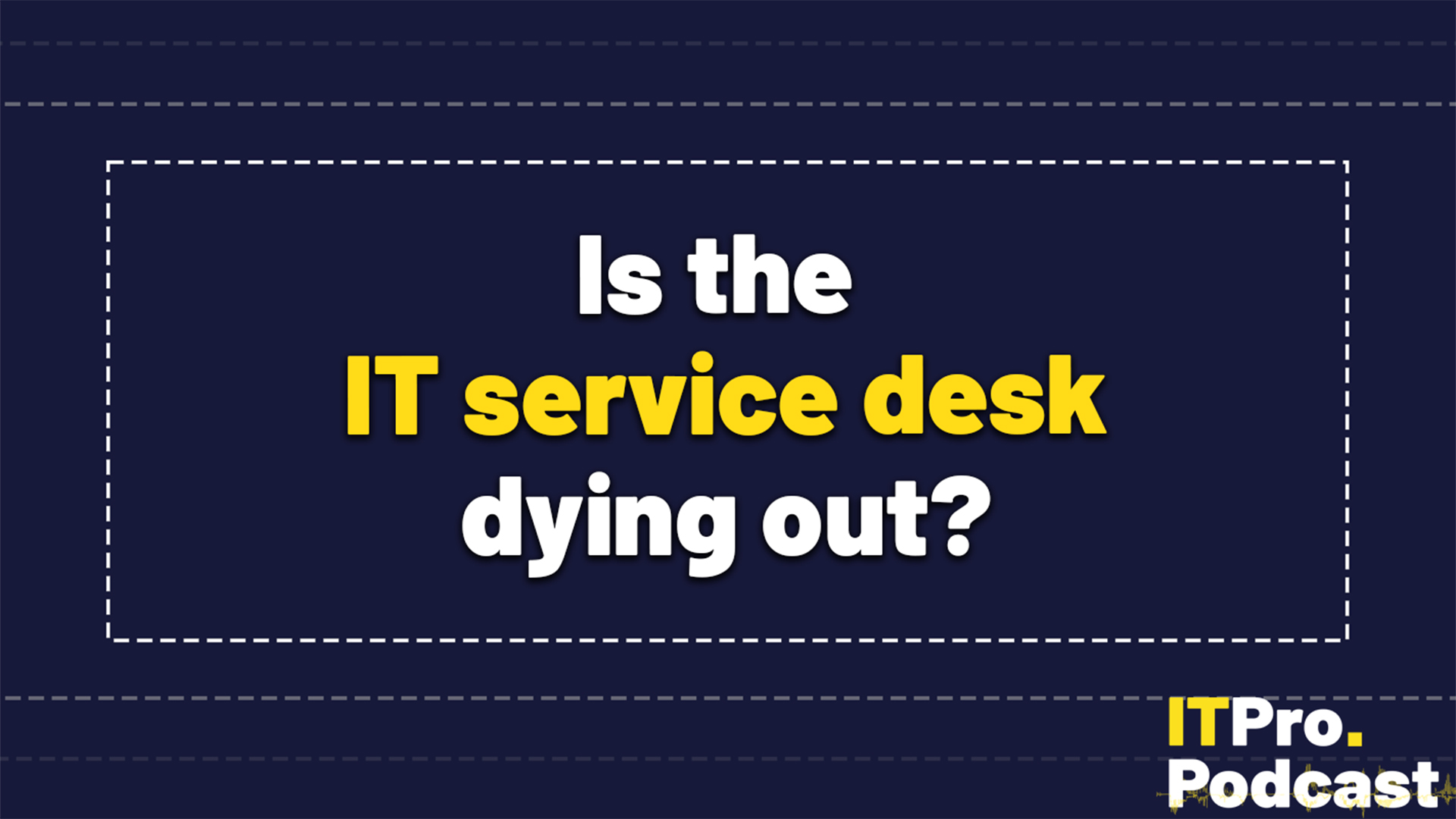 Is the IT service desk dying out?
Is the IT service desk dying out?ITPro Podcast Employees could soon use chatbots to resolve common IT issues rather than wait for tickets to be resolved
By Rory Bathgate Published
-
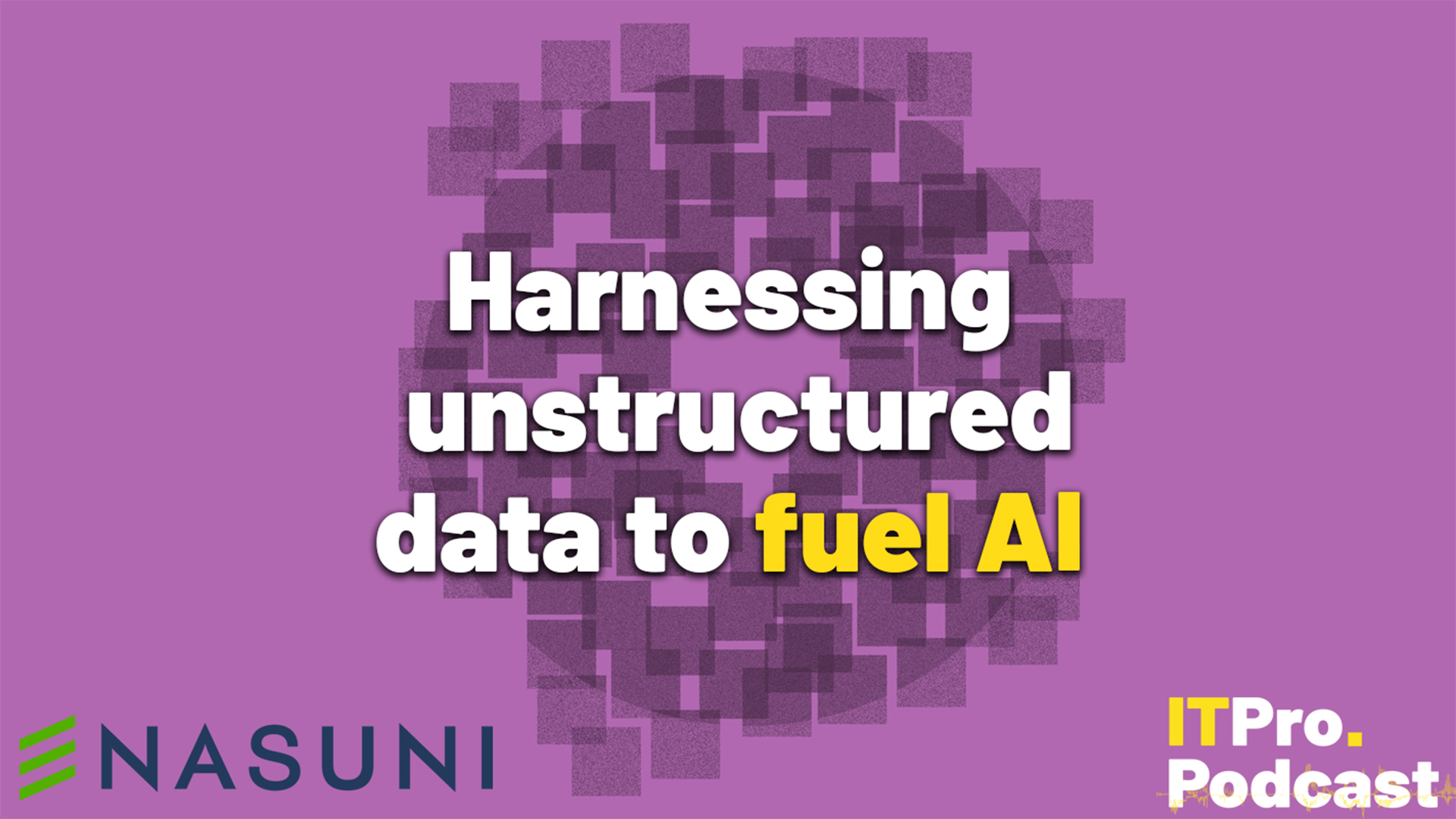 Harnessing unstructured data to fuel AI
Harnessing unstructured data to fuel AISponsored Podcast Knowing how your data is stored can make all the difference to your AI success
By Rory Bathgate Published
-
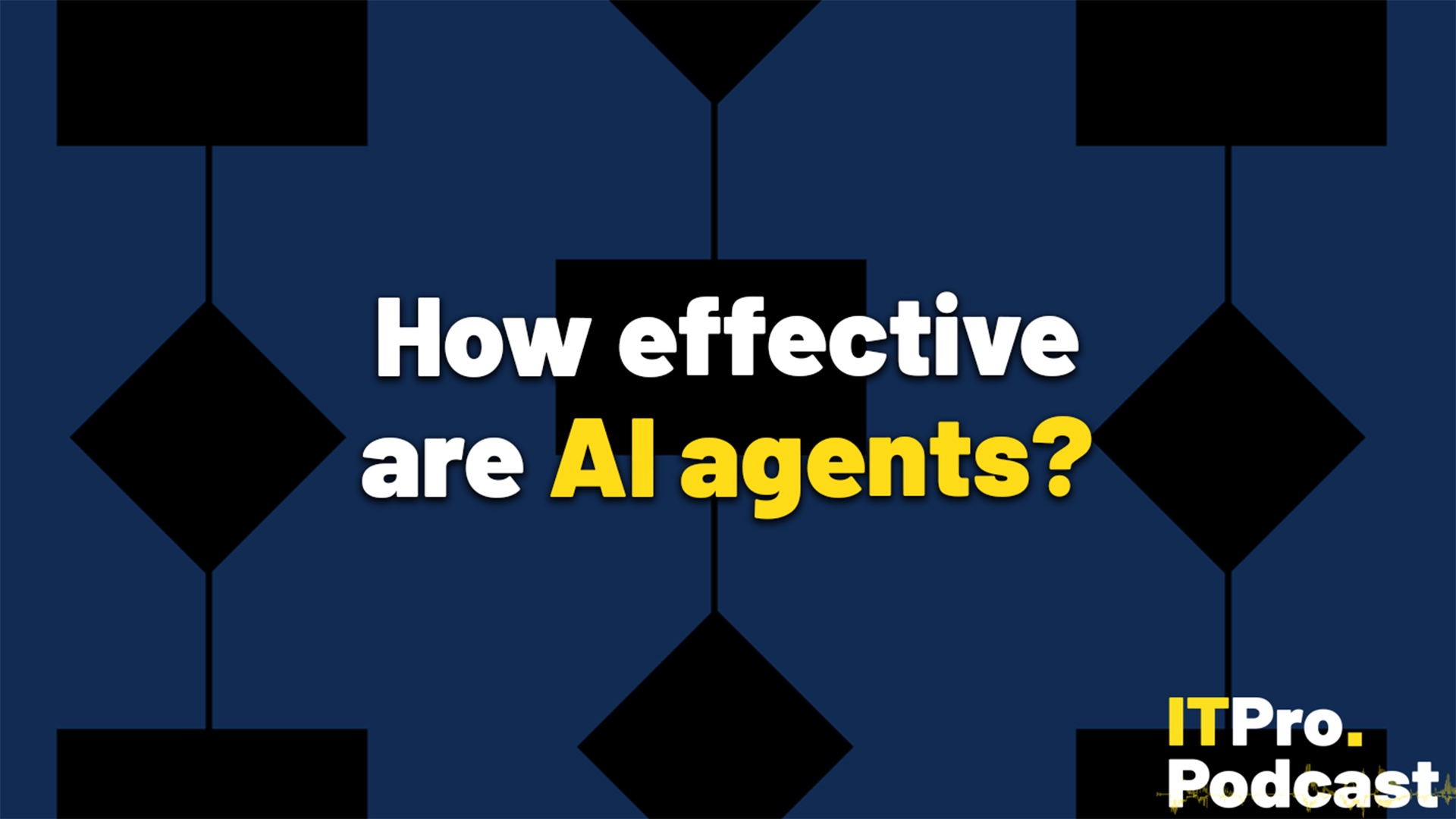 How effective are AI agents?
How effective are AI agents?ITPro Podcast AI agents have been sold with the promise of fully automating tasks without the need for step-by-step instructions
By Rory Bathgate Published
-
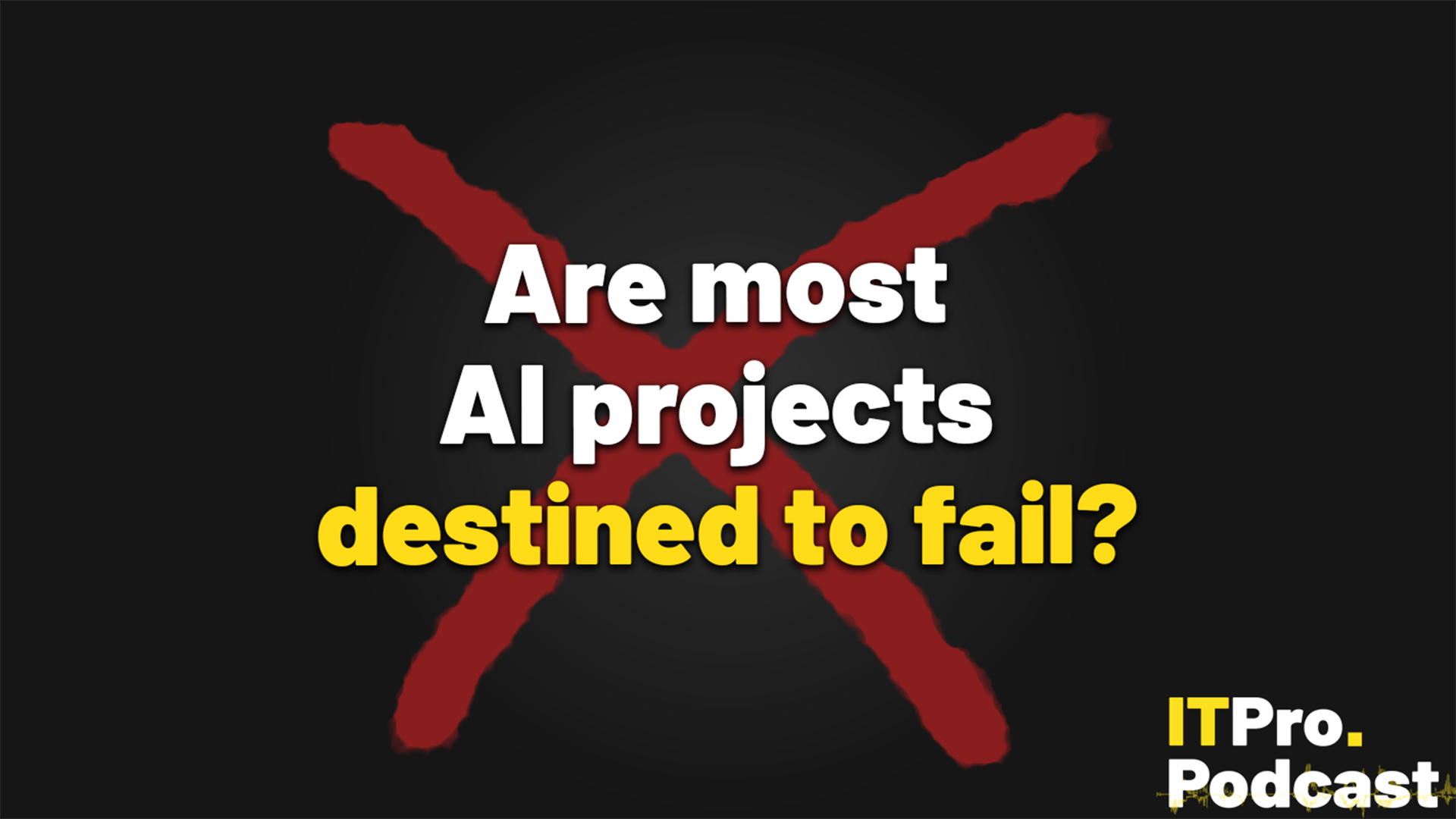 Are most AI projects destined to fail?
Are most AI projects destined to fail?ITPro Podcast The current era of AI projects could provide the lessons we need to make the most of the technology going forward
By Rory Bathgate Published
-
 Revenge quitting and Microsoft goes quantum
Revenge quitting and Microsoft goes quantumITPro Podcast Breakthroughs in quantum computing across February have been matched by financial and workforce upsets in the tech sector
By Rory Bathgate Published
-
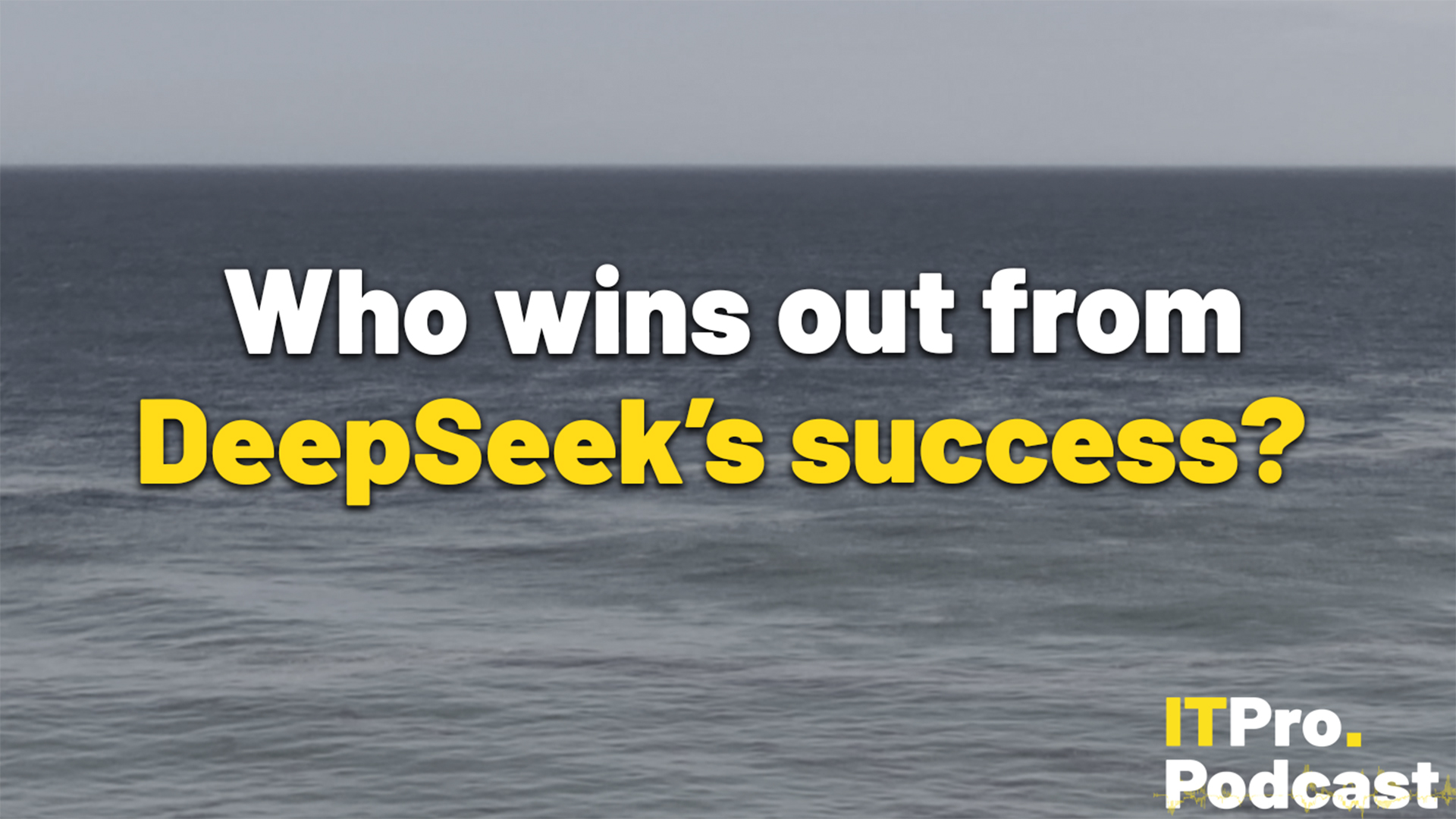 Who wins out from DeepSeek's success?
Who wins out from DeepSeek's success?ITPro Podcast Firms focused on AI at the edge and open source LLMs could reap massive rewards from the Chinese startup's industry upset
By Rory Bathgate Published
-
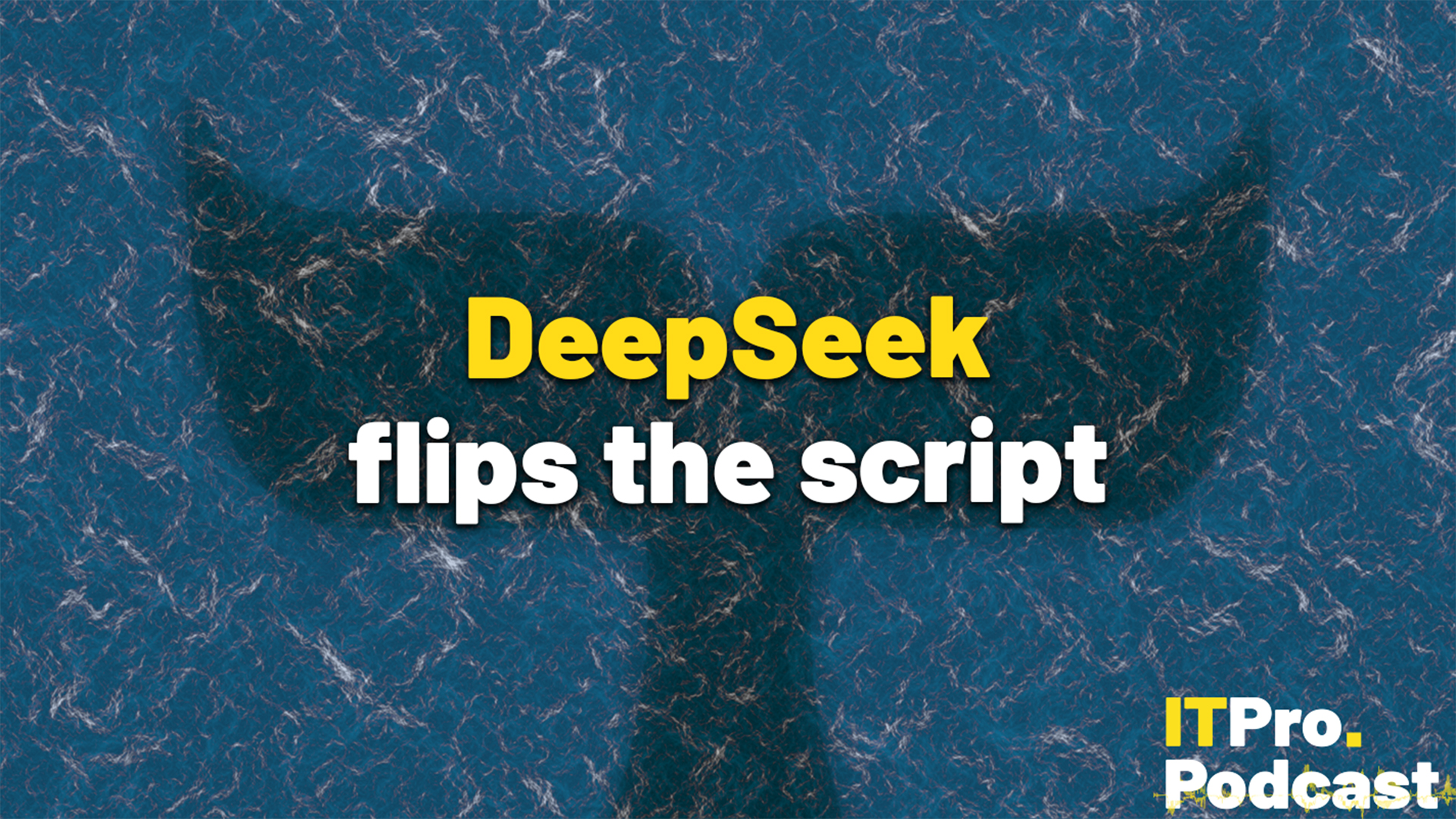 DeepSeek flips the script
DeepSeek flips the scriptITPro Podcast The Chinese startup's efficiency gains could undermine compute demands from the biggest names in tech
By Rory Bathgate Published